2020 MacBook Air review: Sleek and solid, but slow
I haven’t reviewed a laptop before. But, as both a writer and a photographer, I use a laptop every day. For the past 6 years, that laptop has been an early-2014 Apple MacBook Air, the base 13-inch model. It’s covered with stickers, as all Mac laptops that have aged well are, and it looks like this:
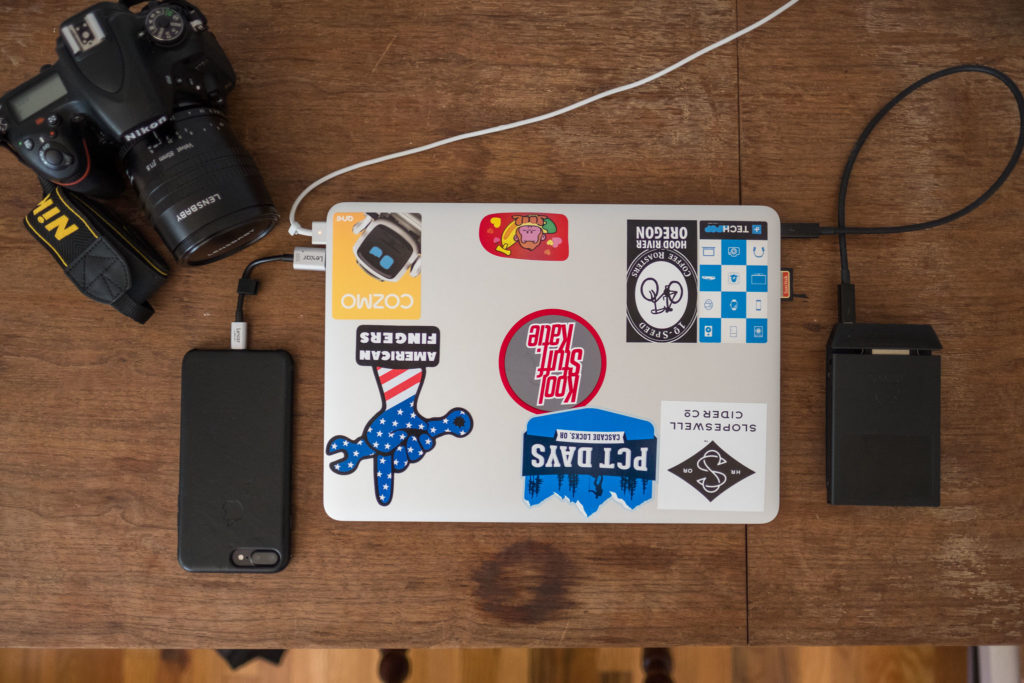
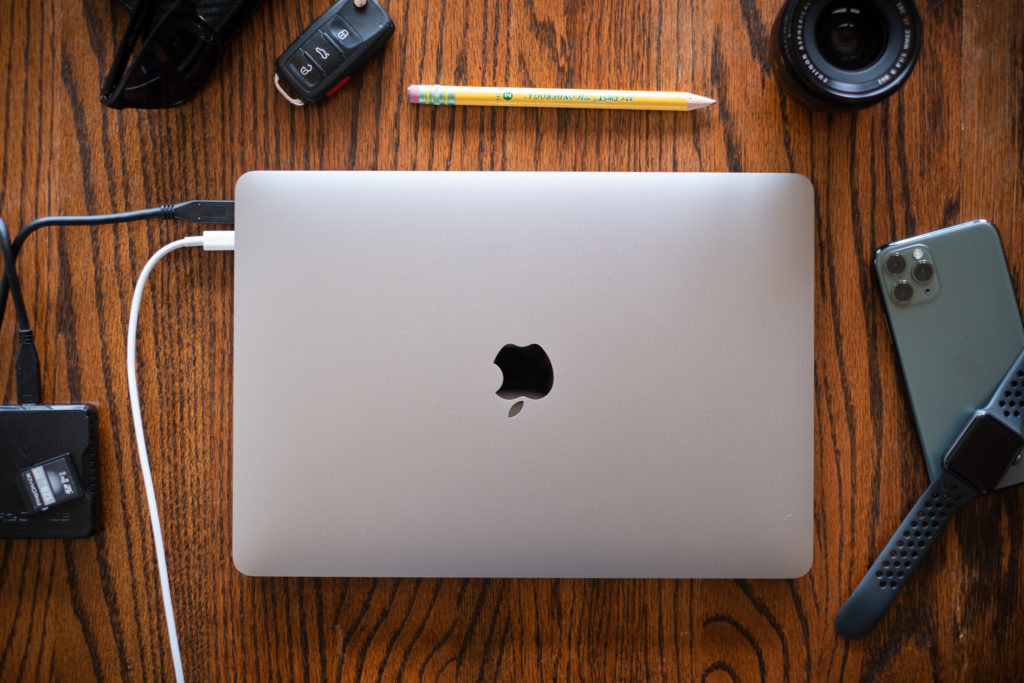
Upgrading from such an old machine, my perspective is a bit different than those of other reviewers. I hope I have some interesting opinions that don’t come up in regular reviews, which generally compare current models only to those they directly replace.
Speaking of old machines, I also own a maxed-out 2012 iMac that serves as my primary photo and video computer. I have some thoughts about how an 8-year old desktop computer compares to a brand-new ultralight laptop. Nobody asked for such a zany comparison, but I think it holds some important truths about what makes a computer perform well. (Spoiler alert: The nearly decade-old desktop is faster.)
But while a high-performance MacBook Air would be nice, I’ve come to realize that speed is not what matters most to me in a laptop. I’m a proponent of the belief that, with any product you buy, you should buy it for the 90% reason, not the 10% reason. That is, think of how you’ll use it 90% of the time and buy the best option to meet that need. Don’t buy a pickup truck because you might want to tow a boat one day, and don’t buy a boat if it’s going to spend 90% of its time being an eyesore to your neighbors as it rusts away in your front yard.
I digress. On with the review.
You could have had my money sooner, Apple
Those speakers!
I had heard the speakers in the 2020 MacBook Air were good, but I wasn’t prepared for how they would be good. The first thing I played was the new Childish Gambino album, not specifically to test the speakers, but just because I hadn’t listened to it yet (it’s great, by the way). A couple measures in, and I already couldn’t believe my ears. What I was hearing simply wasn’t possible.
It wasn’t just that fidelity remained good at high volume, or that the frequency response was improved — the sound was enveloping.
Audiophiles like my friend Alex Rowe would know how to explain it more accurately, but I believe what impressed me were the soundstage and imaging. Sound seemed to come from an area wider than the footprint of the computer, while individual instruments or effects held positions in space.
Maybe I’m being a bit hyperbolic, but aside from headphones and nice stereo setups, I’ve never heard anything like it. Is this normal? Was my old MacBook Air just that bad?
A fast MacBook Air is still a slow computer
Apple’s newest ultralight pales in comparison to a decently-specced desktop from last decade.
Regardless of the specifics, though, the processor is just one of many variables in the equation for speed. In real-world use, performance is limited by any number of factors, from the graphics processor to the physical design of the case, and these may be the 2020 Air’s real pitfalls.
To be fair, it handles all of Apple’s basic apps with ease (I didn’t test pro apps, like Final Cut). Safari, in particular, loads pages noticeably faster than my 2014 Air, and scrolling through boards with hundreds of tasks in Asana — a project management web app — is frictionless.
It wasn’t until I launched Adobe Lightroom CC that things started to bog down. The Air stutters just scrolling through my list of albums. Compared to my 2012 iMac — which was quite the monster in its day, outfitted with a 3.4GHz quad-core Core i7, 16GB of a RAM, 1TB Fusion drive, and discrete graphics card with 2GB of VRAM — the 2020 Air is pretty meh.
While I’m positive the new Air is faster in Lightroom than the old Air, it doesn’t always feel like 6 years’ worth of difference. I’m seeing the same kinds of delays in the UI, things like the menu bar taking a second to pop in when you bring the pointer to the top of the screen in full-screen mode. Things like image thumbnails not loading fast enough to keep up as you scroll through an album. OK, it’s not as bad as the 2014 Air, but I simply don’t have these problems on my iMac.
On the plus side, seeing those results kind of made me proud of my iMac. I have to applaud Apple for supporting it this long with regular OS updates. It turned out to be a rather wise investment, and I think it will continue to serve me well for at least another year or two. I don’t know that I’ll be able to say the same thing about this MacBook Air.
But here’s the thing: It’s a writer’s dream machine
My only potential complaint, and this is admittedly minor, is that battery life could be better. I watched the indicator drop to 10% after 6 hours of mixed use, which included writing most of this review in Pages; importing, editing, and exporting the accompanying product photos using Lightroom; listening to Apple Music; editing articles in WordPress; and watching a couple videos on YouTube.
That feels about the same as my 2014 Air after its battery had aged for more than half a decade. It’s not bad — I don’t want to work for more than 6 hours, anyway — but it does reveal how battery chemistry has improved at a snail’s pace compared to the rest of computing tech. A smaller chassis necessitates a smaller battery, while a higher-resolution monitor and faster processors demand more juice. It’s a double whammy. (But, um, there are faster, lighter Windows laptops out there with longer battery life, so…)

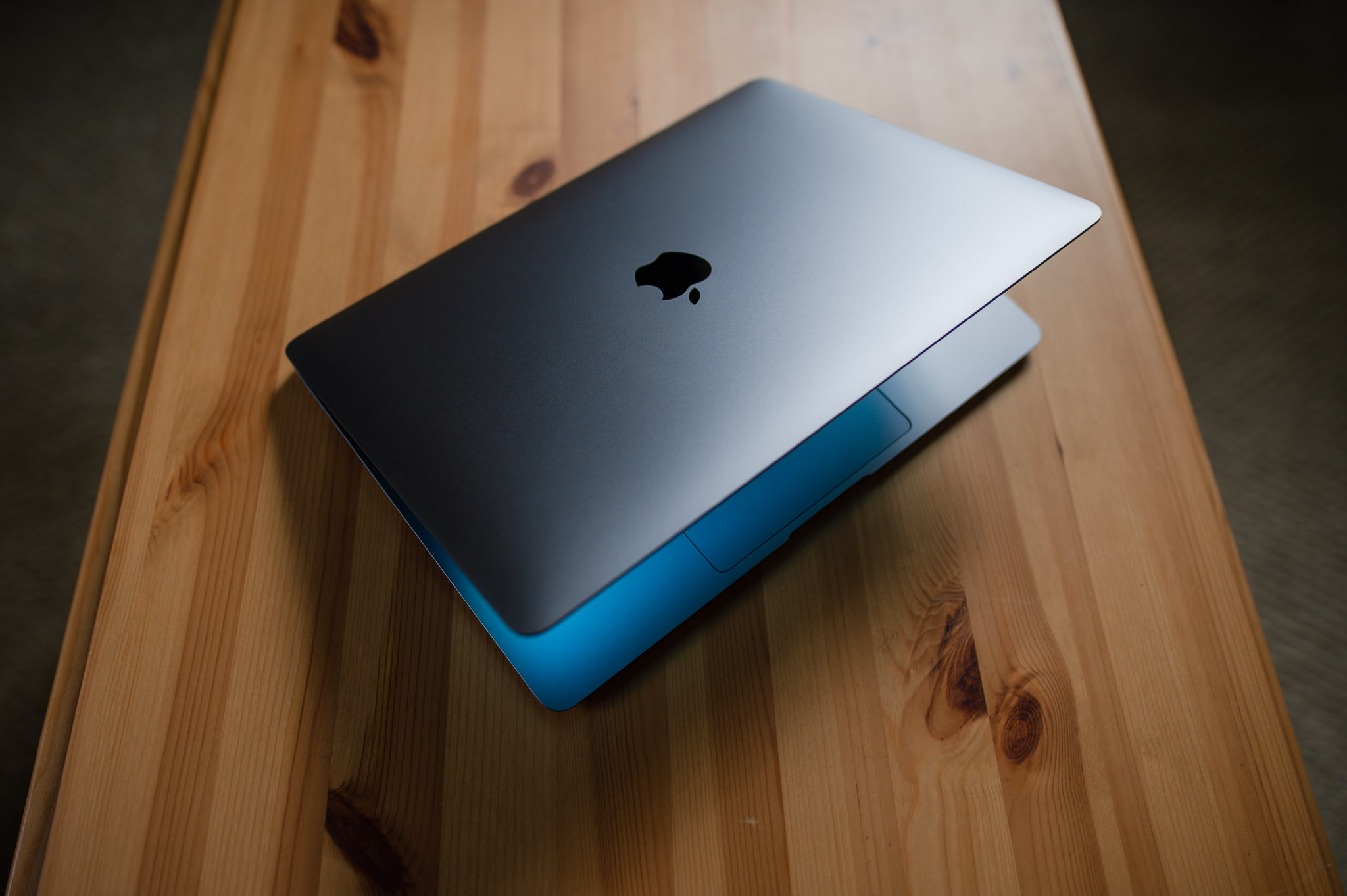
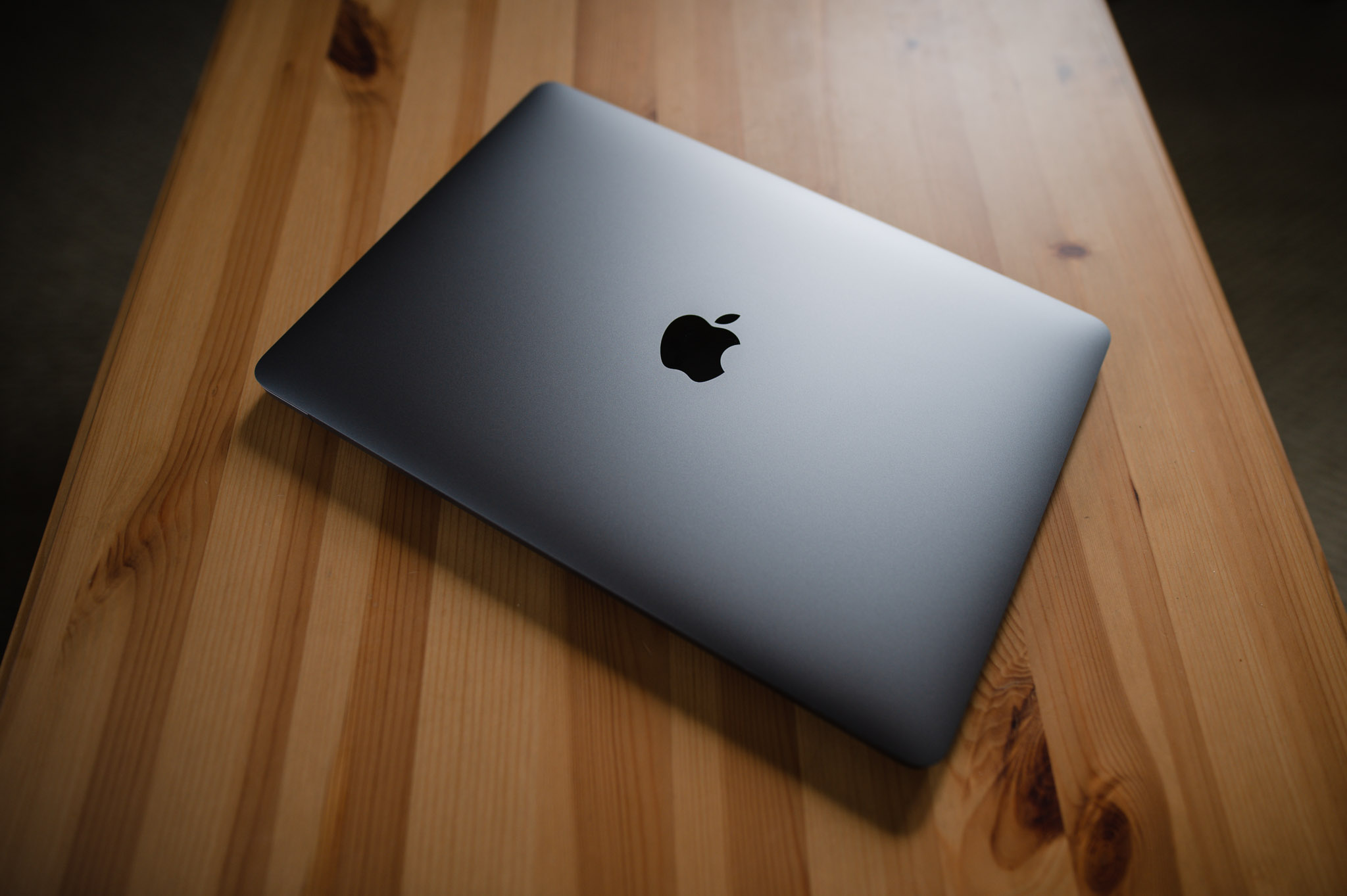
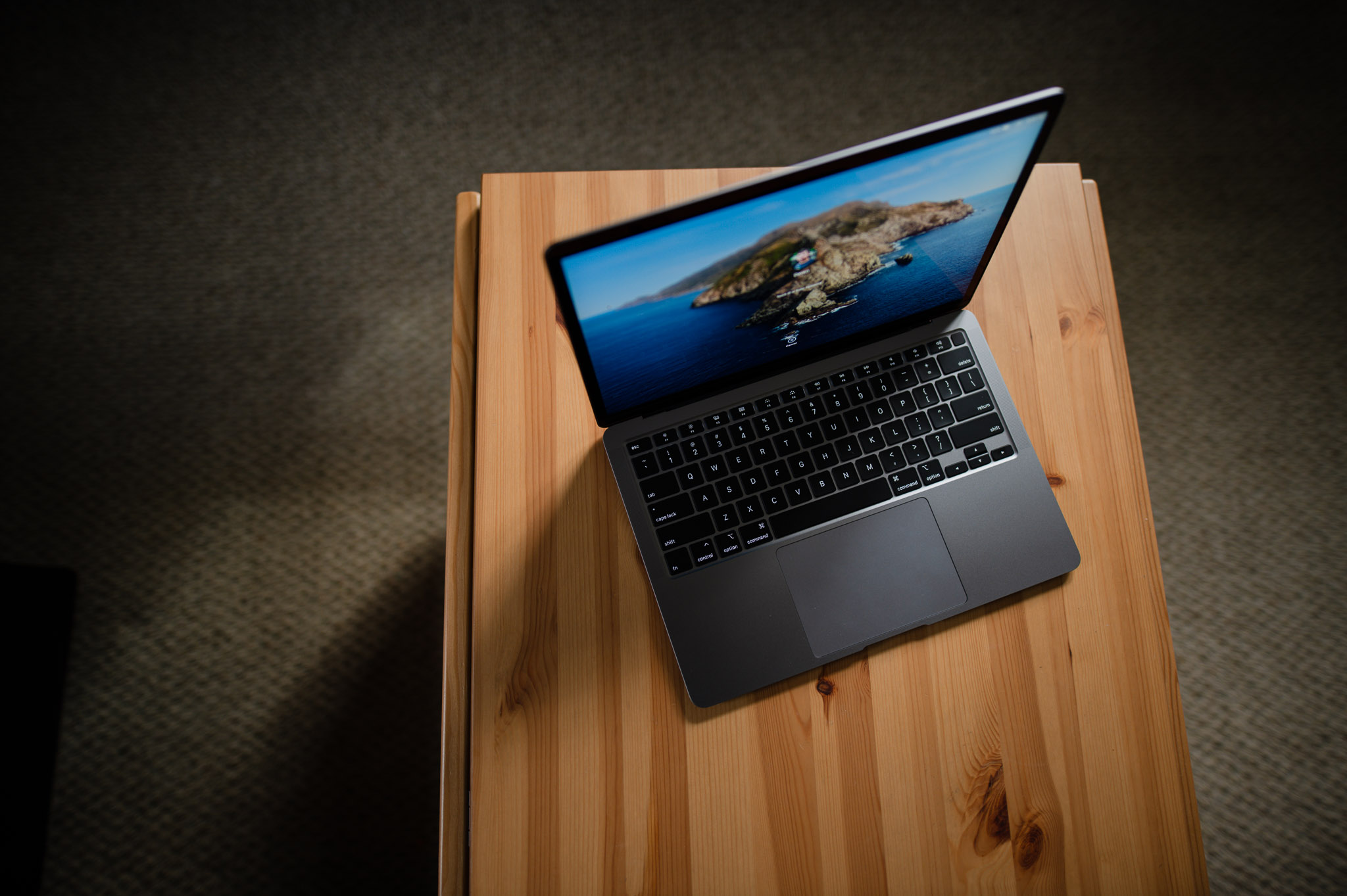
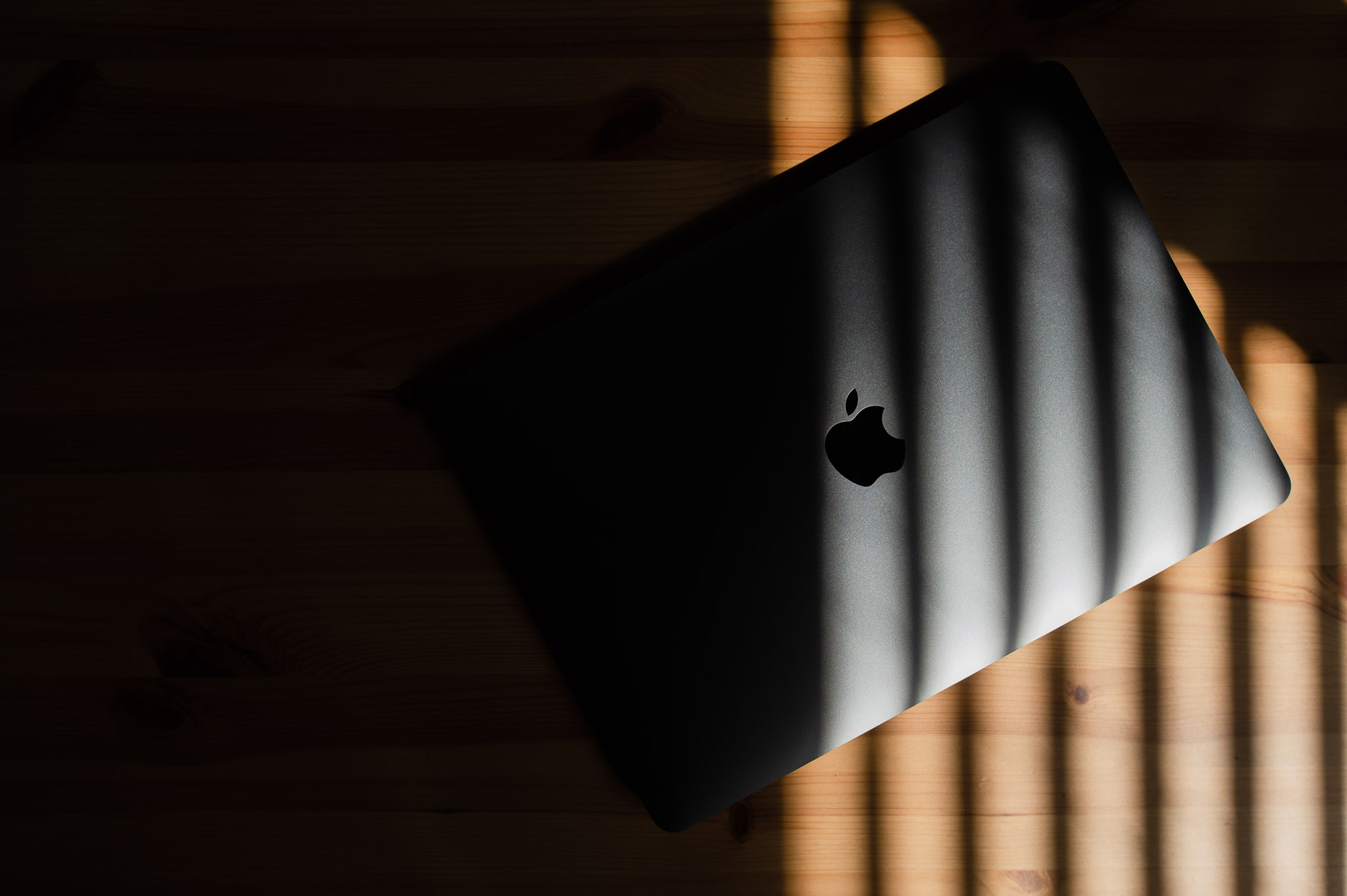
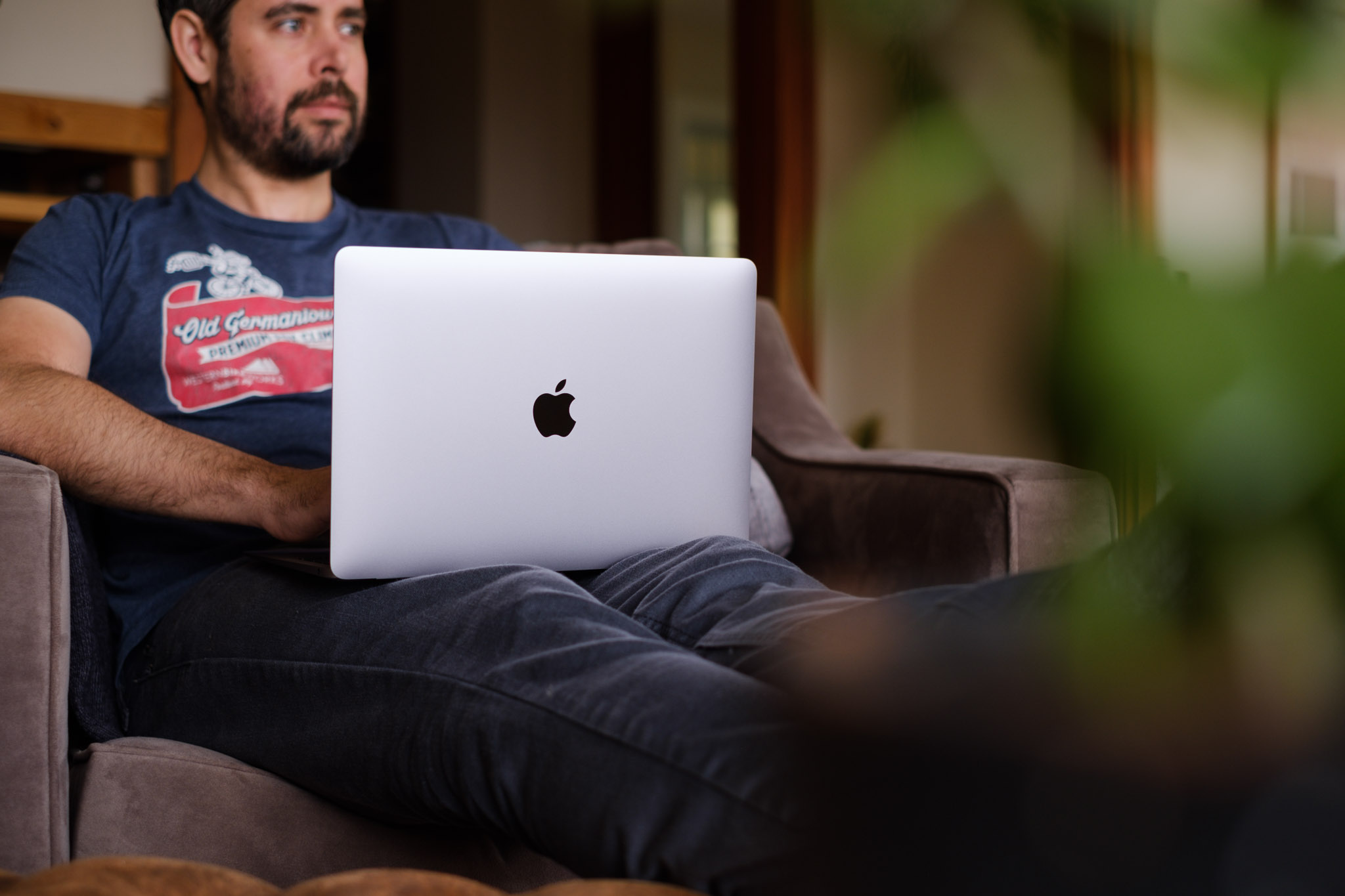
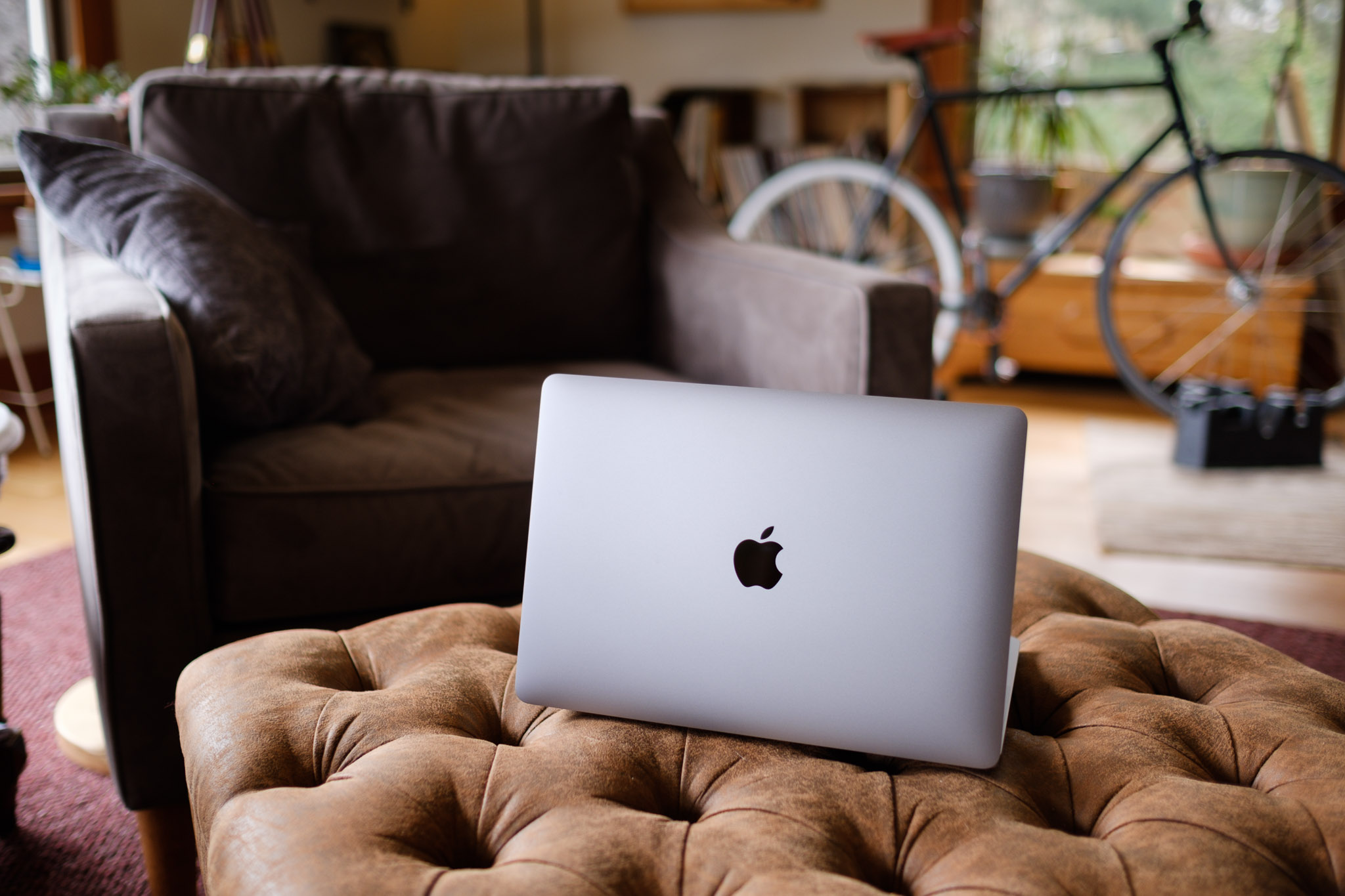
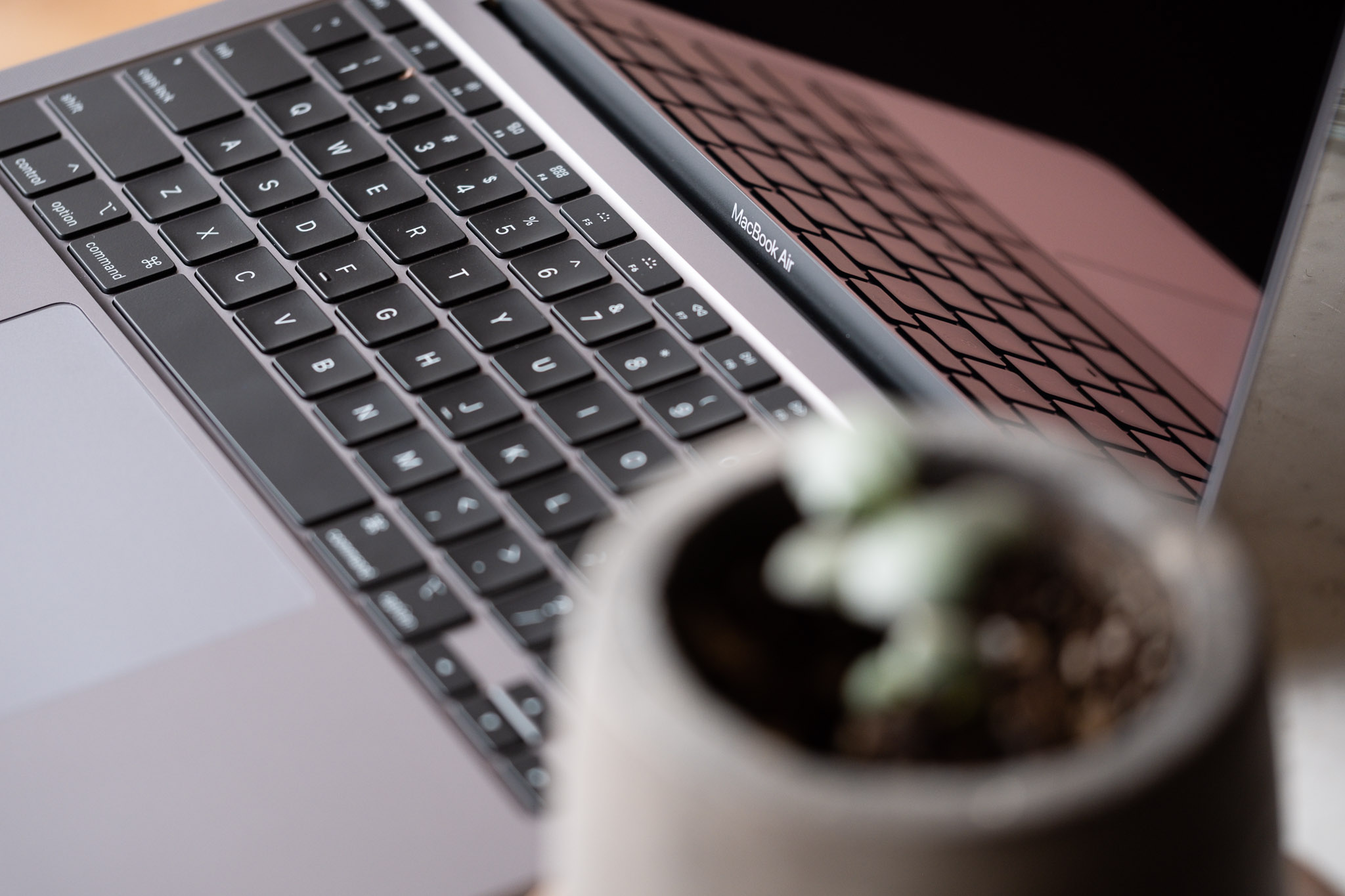
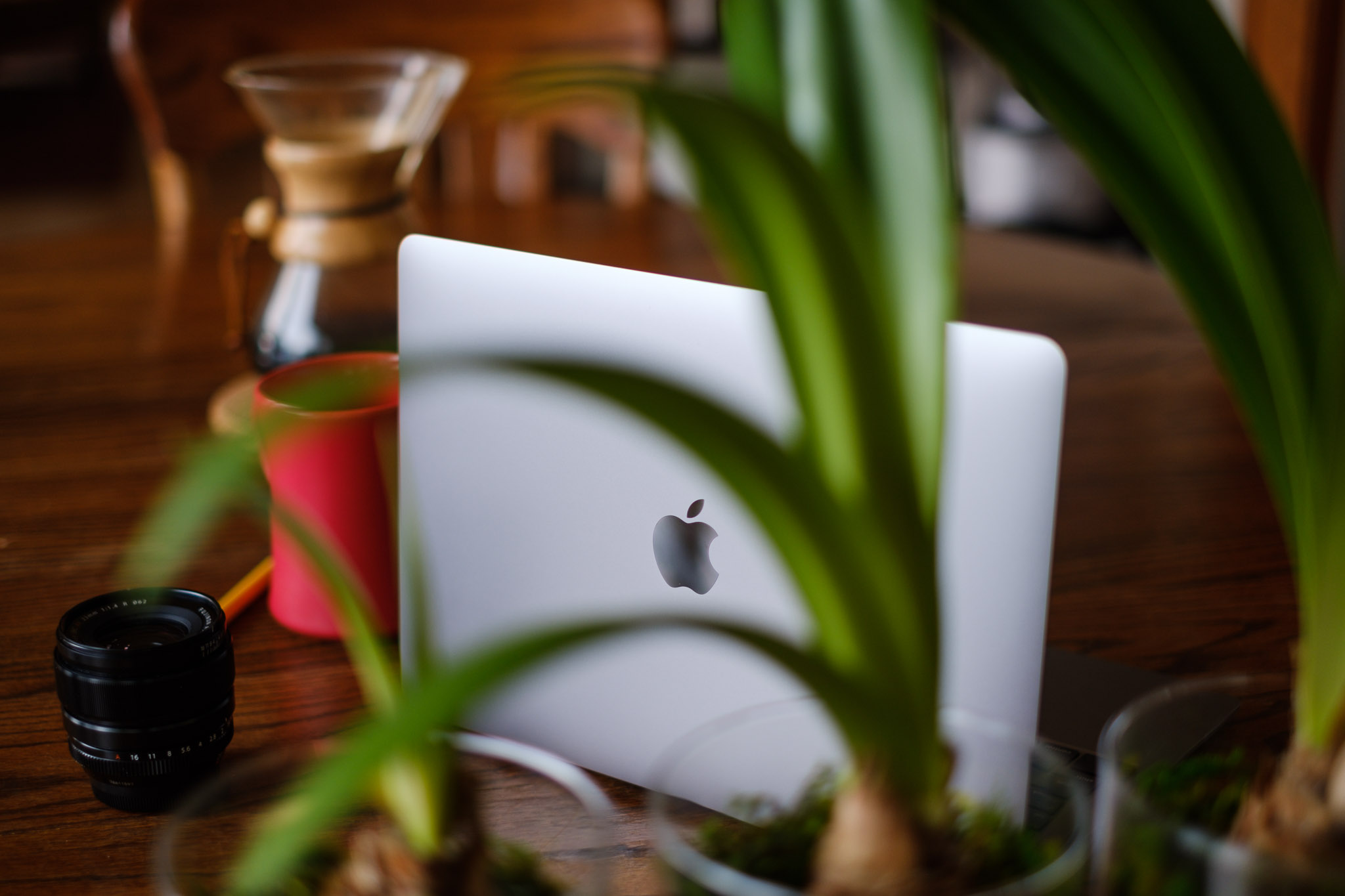
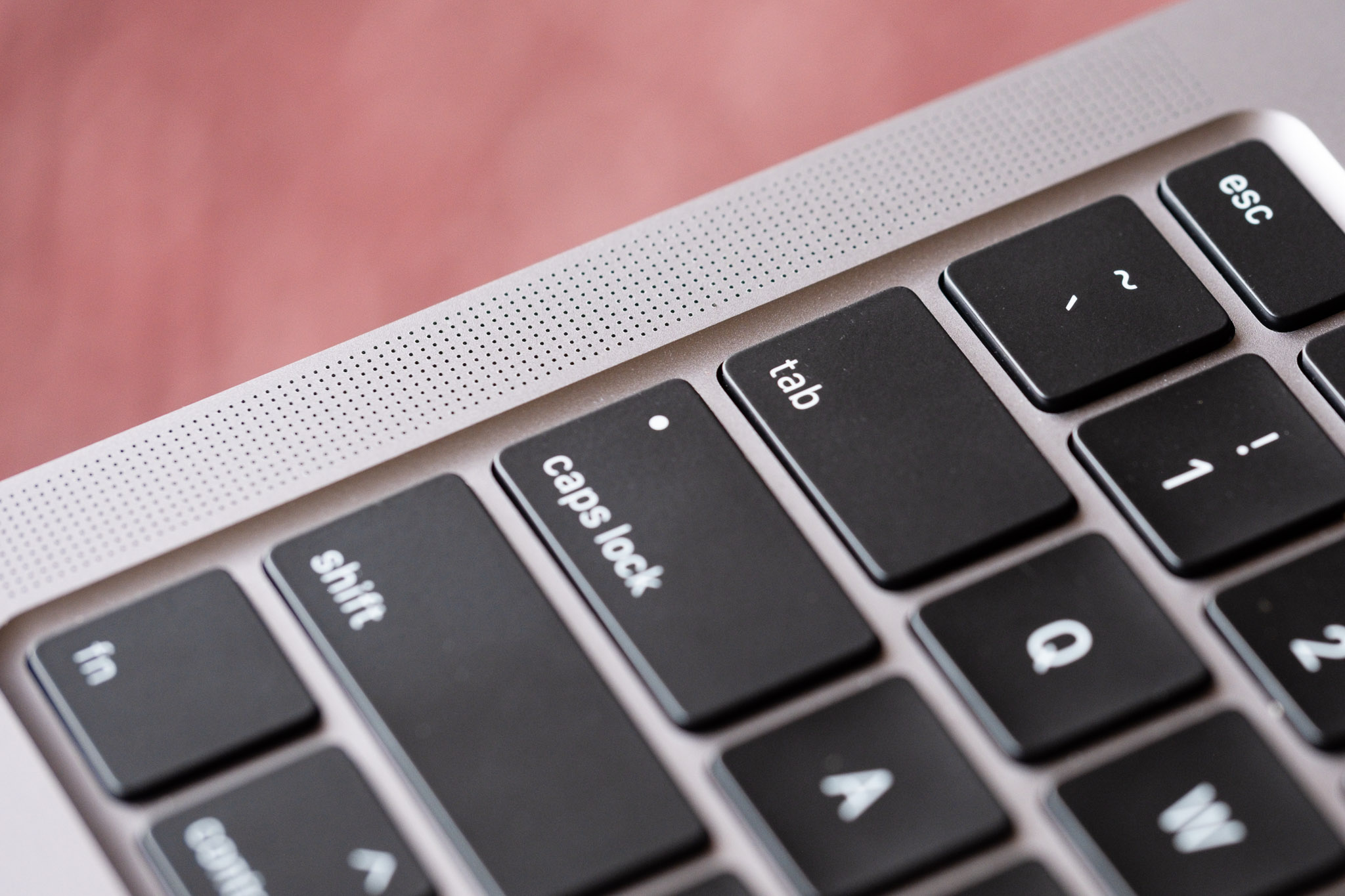
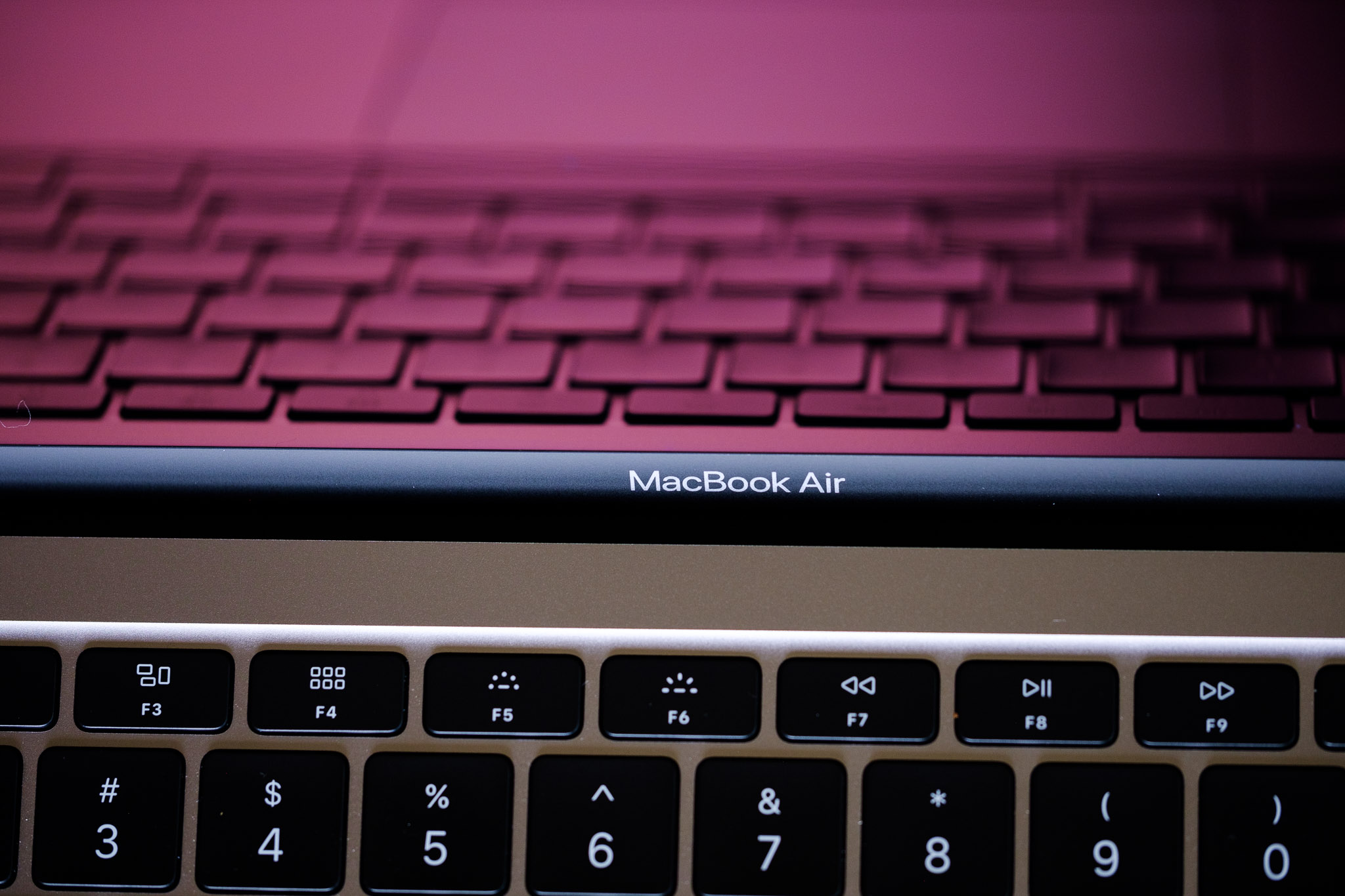
0 Comments